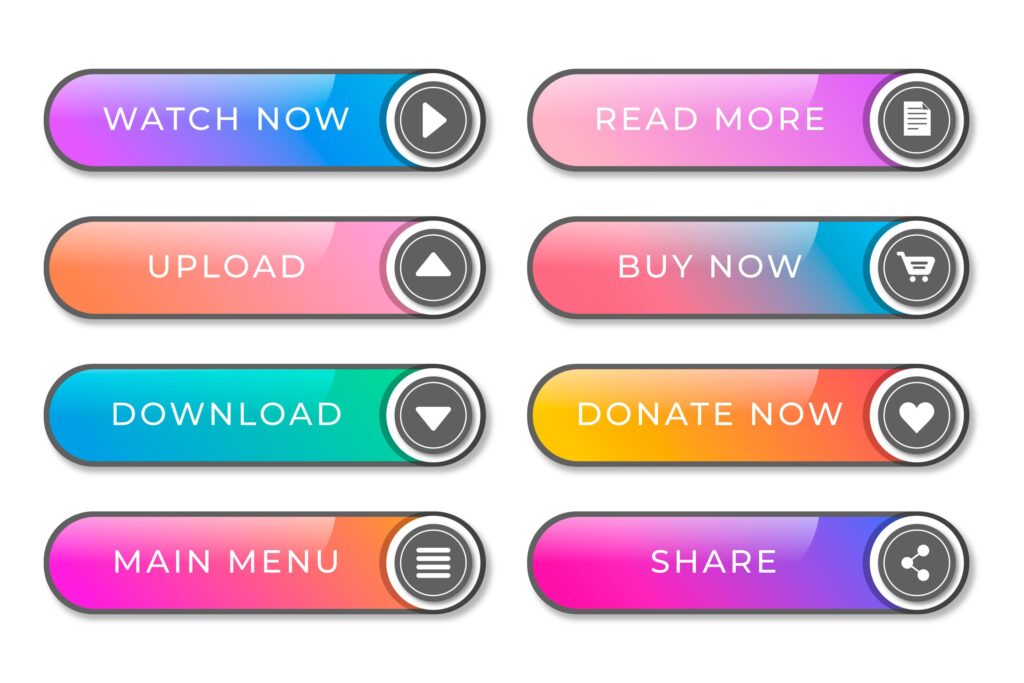Why Your Leads Aren’t Converting (And How to Fix It)
You’ve worked hard to generate leads. Your marketing efforts are in full swing, your website is driving traffic, and your inbox is filled with potential prospects. But something’s not quite right—those leads just aren’t converting into customers. It’s frustrating, isn’t it? You’ve done the groundwork, yet the results are falling short.
If this sounds familiar, don’t worry—you’re not alone. Many businesses face the challenge of high lead generation but low conversion rates. The good news? There’s always a reason why leads aren’t converting, and identifying that reason is the key to turning things around. In this article, we’ll explore the most common barriers to lead conversion and offer actionable solutions to help you start seeing results.
1. Poor Lead Qualification: Are You Attracting the Right Leads?
One of the most common reasons leads don’t convert is simple: they were never the right fit in the first place. If your sales team is spending time on unqualified leads—those who either don’t need your product, don’t have the budget, or aren’t ready to make a decision—you’ll end up with low conversion rates and wasted effort.
How to Fix It:
- Clarify Your Ideal Customer Profile (ICP): Review your target audience and ensure your marketing efforts are focused on attracting the right type of leads. Your ICP should be specific about the industries, job roles, and pain points your product or service addresses.
- Lead Scoring: Implement a lead scoring system to prioritise leads based on their likelihood to convert. This could be based on their engagement with your content, their company size, or how closely they match your ICP.
- Focus on Quality Over Quantity: More leads don’t always equal more sales. Concentrate on attracting high-quality leads who are more likely to become customers.
2. Lack of Nurturing: Are You Letting Leads Go Cold?
Even if you’re attracting the right leads, failing to nurture them properly is a surefire way to see conversion rates drop. Not every lead will be ready to make a decision right away. In fact, most leads need time, information, and ongoing engagement before they’re ready to convert. If you’re not following up regularly and providing value along the way, your leads may forget about you or choose a competitor.
How to Fix It:
- Build a Lead Nurturing Campaign: Create a series of targeted emails or touchpoints designed to nurture leads over time. Share valuable resources, answer common questions, and demonstrate how your product can solve their specific problems.
- Segment Your Leads: Not all leads are at the same stage of the buying process. Segment your leads into groups based on their level of interest and engagement, and tailor your communications to each group.
- Consistency is Key: Don’t let too much time pass between interactions. Regular, thoughtful follow-ups show your leads that you’re committed to helping them find a solution.

3. Ineffective Communication: Are You Failing to Build Trust?
In today’s competitive market, it’s not just about having a great product—it’s about building relationships. If your communication is too aggressive, impersonal, or unclear, leads will struggle to see the value you offer. They want to feel understood and supported, not pressured into making a purchase.
How to Fix It:
- Personalise Your Messaging: Take the time to personalise your emails and outreach. Mention specific pain points they’ve shared, reference past conversations, and make it clear that you’re offering a tailored solution.
- Focus on Benefits, Not Features: Instead of listing all the features of your product, communicate how it will specifically benefit your prospect. Show them how your solution can solve their problems or make their lives easier.
- Be Transparent and Authentic: Be upfront about pricing, timelines, and expectations. Building trust with your leads is crucial for long-term relationships and conversions.
4. Weak Value Proposition: Are You Differentiating Yourself?
If your leads aren’t converting, it may be because they don’t fully understand the value of what you’re offering. In a crowded marketplace, prospects have plenty of options, and if you’re not clearly demonstrating how your product is different—and better—they’ll move on.
How to Fix It:
- Clarify Your Unique Selling Proposition (USP): What makes your product or service stand out? Make sure your USP is clearly communicated in all your marketing and sales efforts. It should be obvious to your leads why they should choose you over your competitors.
- Highlight Specific Benefits: Instead of speaking in broad terms, highlight specific, measurable benefits that your product or service offers. How does it save time, increase revenue, or improve efficiency? Be clear and data-driven in your claims.
- Showcase Social Proof: Use testimonials, case studies, and reviews to build credibility. When leads see that other businesses have benefited from your product, they’re more likely to trust your offering.
5. Pricing Concerns: Are You Aligning Value with Cost?
Price is often a sticking point for leads. If they feel your product is too expensive or that the value doesn’t match the cost, they’ll hesitate to convert. Sometimes, it’s not the price itself that’s the issue, but rather the way it’s presented or perceived.
How to Fix It:
- Reframe the Price: Instead of focusing solely on the cost, reframe your price in terms of value. Help your leads see the return on investment (ROI) they’ll get by choosing your product. Show them how it can save them money, time, or resources in the long run.
- Offer Flexible Options: If possible, offer different pricing tiers or payment plans to accommodate different budgets. This flexibility can make your product more accessible without devaluing its worth.
- Address Price Objections: Be prepared to handle price objections confidently. Have examples or case studies ready that demonstrate the long-term value of your solution and why it’s worth the investment.
6. Too Much Friction in the Buying Process: Is It Hard for Leads to Convert?
Sometimes, the problem isn’t the lead—it’s the process. If your sales process is too complicated, slow, or difficult to navigate, leads will lose interest. A long, drawn-out sales cycle or confusing steps to purchase can be a major barrier to conversion.
How to Fix It:
- Streamline the Sales Process: Make the buying process as simple and frictionless as possible. Whether it’s through a more intuitive website, a faster checkout process, or clearer next steps, remove any unnecessary hurdles that make it hard for leads to say yes.
- Be Responsive: Slow follow-ups or delays in communication can cause leads to lose interest. Make sure your sales team is responsive, timely, and available to answer questions or provide information quickly.
- Provide Clear Calls-to-Action: Each interaction with your lead should have a clear next step. Whether it’s scheduling a demo, signing a contract, or booking a call, ensure that the path to conversion is obvious and easy to follow.

The Next Step: Turning Leads Into Customers
If your leads aren’t converting, don’t be discouraged. There’s always a reason, and once you identify it, you can make the necessary adjustments to see better results. From refining your lead qualification process to improving your communication and value proposition, there are actionable steps you can take to turn things around.
But sometimes, it helps to have a fresh perspective and expert guidance. If you’re ready to dive deeper into why your leads aren’t converting and how you can fix it, book a free strategy session with Wingmen Consulting.
We specialise in helping businesses like yours identify the bottlenecks in their sales funnel and develop strategies to drive conversions.
